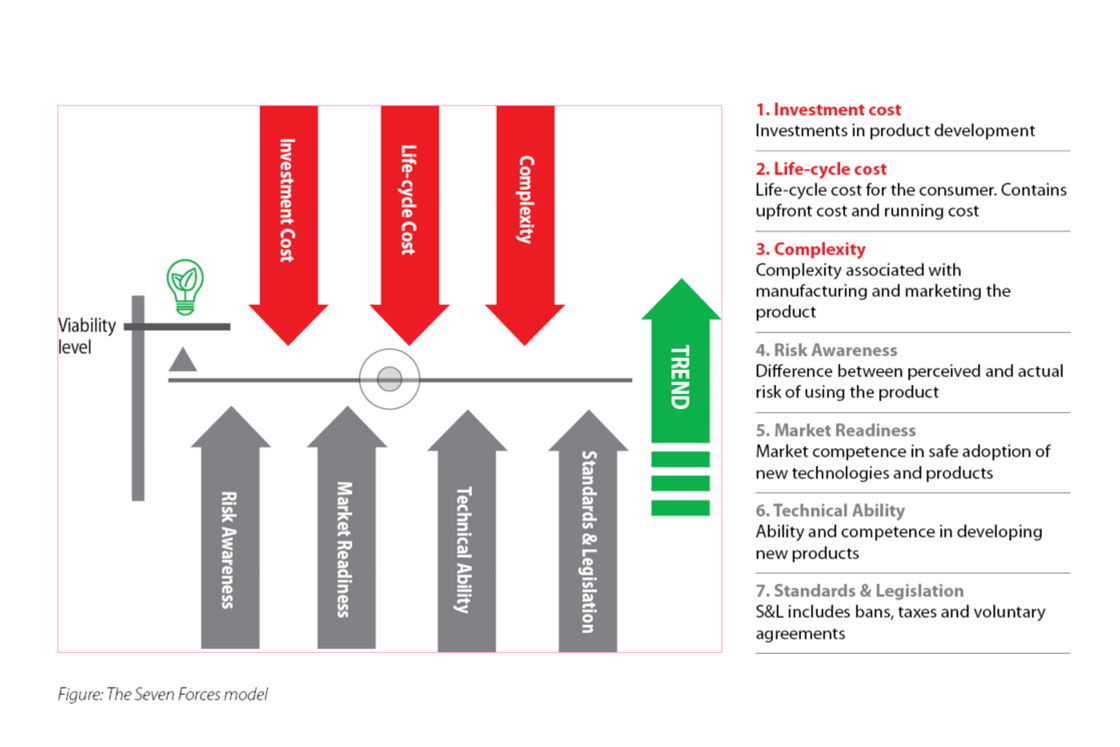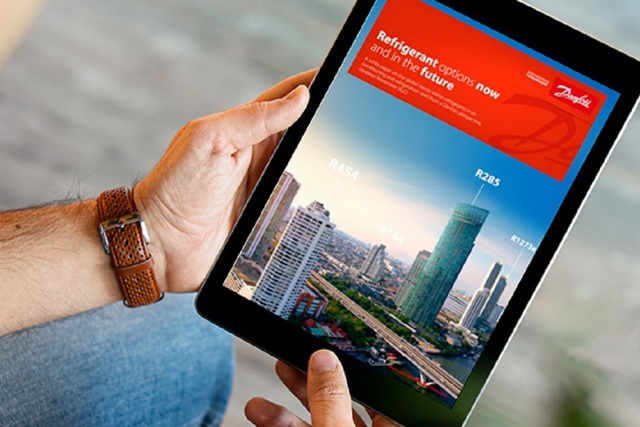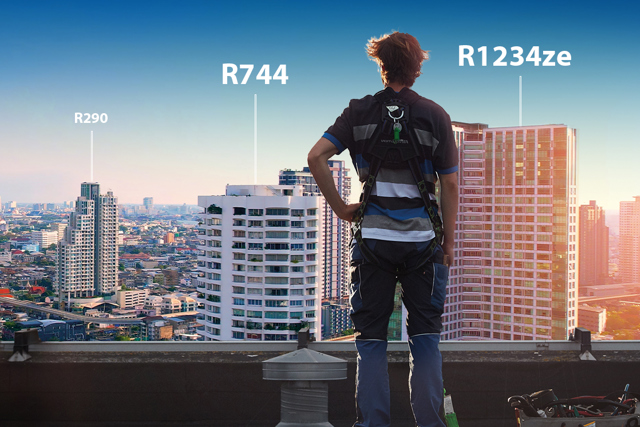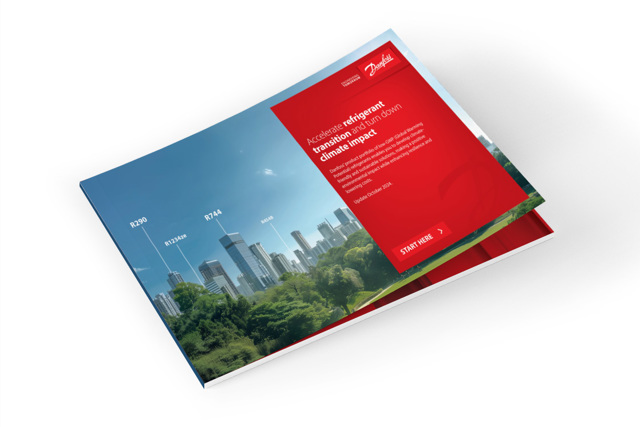The 7 Force Model: a path to sustainability
Regarding long-term sustainable refrigerant solutions, Danfoss considers three main parameters that must be aligned to accomplish a real sustainable balance: affordability, safety and environmental friendliness. When choosing a new refrigerant for an application, all three parameters need to be considered together. If not, it will be impossible to achieve long-term, sustainable results. It is important to look at the many underlying parameters such as lowest life-cycle cost, service availability, operational efficiency and safety, and the GWP of the refrigerant. A sustainable solution will be achieved only when all of these parameters are balanced. Achieving this balance will require a thorough evaluation of the factors which influence these parameters.
Long-term sustainable solutions may not necessarily be viable in the short term. While we can engineer a sustainable solution, there are more factors that will determine whether new refrigerant solutions are viable. In order to quantify the industrial viability of developing new sustainable solutions for new refrigerants, Danfoss has developed a model that breaks down the main parameters.

The 7 Force Model
We call this the 7 Force Model. The red arrows refer to economic factors and the grey arrows are cultural factors such as knowledge, education, and legislation. When the balance between the red and grey forces reach the viability level, it becomes much more likely that the industry will start investing in new solutions and technologies. When investing in new technologies and building up competencies, legislation and derived standardization are the major drivers.
Over the past ten years, the viability level has been increasing for many low-GWP refrigerants. Good examples are CO2 applications for commercial refrigeration, especially supermarkets.



